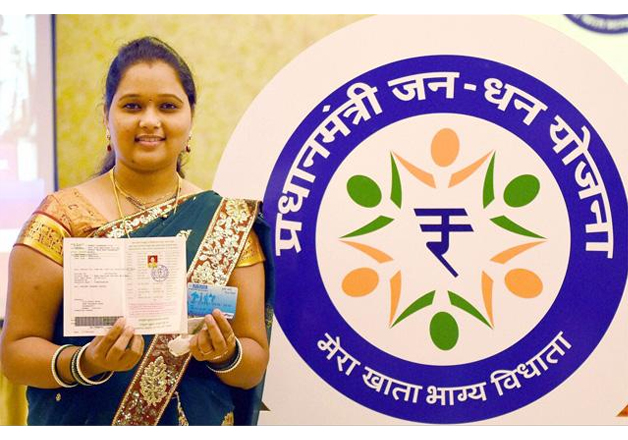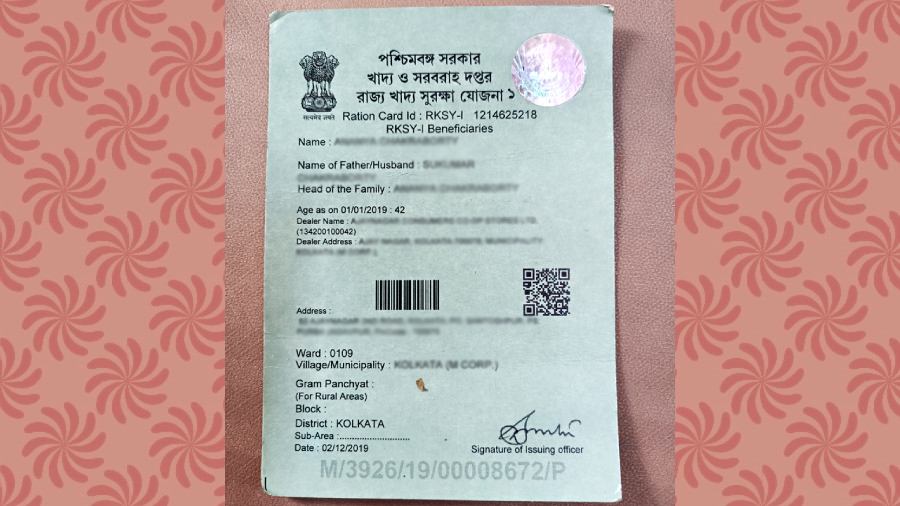
VPF vs EPF: Which Offers Max Interest Rate, Main Difference
The Employees’ Provident Fund (EPF) and Voluntary Provident Fund (VPF) are valuable resources for salaried individuals aiming to build a substantial retirement fund. They both offer attractive interest rates on contributions, making them excellent choices for retirement planning. Despite their shared goal, EPF and VPF have distinct features. Let’s explore the differences between them.

EPF vs VPF, What to Choose
What is EPF?
The EPF, managed by the Employees’ Provident Fund Organisation (EPFO), is a retirement fund for salaried individuals. Employees put in 12 percent of their basic pay plus dearness allowance, and employers match this. From the employer’s share, 8.33 percent goes to the Employee Pension Scheme (EPS), and the remaining 3.67 percent goes into the employee’s EPF account.
What is VPF?
VPF, or Voluntary Provident Fund, is like an extension of EPF. The unique thing about VPF is that employees can contribute more than the standard 12 percent, even up to 100 percent of their basic pay and dearness allowance. However, it’s important to know that the employer doesn’t chip in any money for VPF.
Major Differences Between EPF & VPF
Taxation
After the 2021 Budget, it’s important to know that if you contribute more than Rs 2.5 lakh to your EPF or VPF in a year, the interest earned on the extra amount will be taxed. To enjoy tax benefits on the interest, keep your total EPF and VPF contributions within the Rs 2.5 lakh limit. Also, be aware that EPF contributions can be taxed if the interest rate is above 9.5 percent or if your employer’s contribution exceeds Rs 7.5 lakh in a year.
Participation
You must have an EPF account, but having a VPF account is your choice. However, having a VPF account can help you save more for retirement if you opt for it.
Contributions
In the EPF, both the employee and the employer contribute. However, in the VPF, only the employee makes contributions.
Cap Limit
EPF contributions are limited to 12 percent, but with VPF, you can contribute as much as 100 percent of your basic salary plus a dearness allowance.
Which Offers Highest Interest Rate: EPF vs VPF?
EPF and VPF both offer an interest rate of 8.15 percent on your contributions. However, VPF can potentially provide better returns because you can contribute more compared to the limited 12 percent allowed in EPF.



